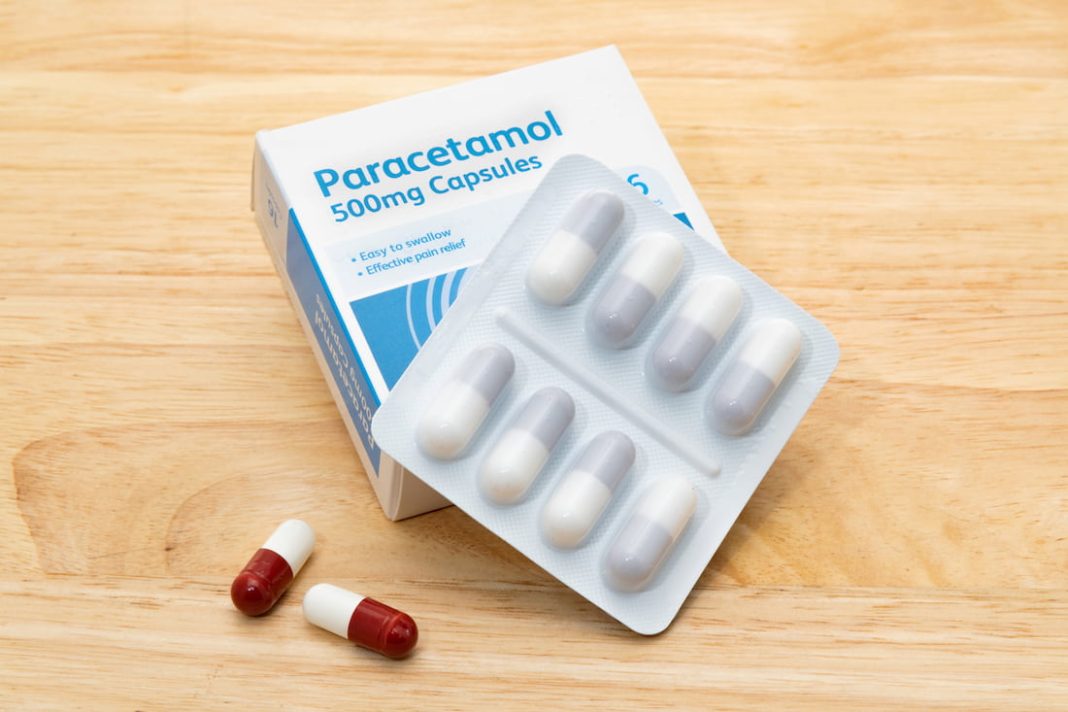When I was a new mother, one of the things that I considered to be an act of kindness was giving my children paracetamol (known as acetaminophen in North America). It took me a few years to wake up to the terrible errors of this practice and in this article I will explain why.
During medical training we received two years of pharmacology lectures where we were taught everything we were expected to know about drugs. I recall when paracetamol was presented because the lecturer said that despite it being one of the most common medications in the world, not much was known about what it did inside the body.
Since I was a student there have been claimed “new insights” into how it works but you will be forgiven if you want to skip the technical details. Suffice to say, once it enters the body the drug is brought to the liver to be metabolised and then passed out in the urine.
The most important point to appreciate here is that paracetamol is a synthetic chemical. It is not something that would ever be found in nature or ingested as part of a healthy diet. In fact, the taste of paracetamol is so repulsive that the liquid formulations for children need to be heavily laced with sweeteners and artificial flavouring. Unfortunately, this is covering up nature’s warning not to swallow something toxic. Indeed, the Mary Poppins song “A spoonful of sugar helps the medicine go down” was actually a Big Pharma marketing scheme.
Most synthetic medications are said to act through targeted effects on the body which is a somewhat artificial way to look at things. In reality, the body is trying to eliminate these drugs because they are unwelcome poisons. Some of the effects that are experienced, even if claimed to be “therapeutic”, are part of the body’s efforts to flush out the chemicals.
It was not until I encountered the work of Dr Ulric Williams that I corrected the thinking that had been indoctrinated into me during medical training. Dr Williams was a mid-1900s New Zealand physician who abandoned the use of drugs and surgery half way through his career. After this reformation he did not mince words and as he stated in the updated work Terrain Therapy:
“Almost all drugs are poisonous. Many are venomous. Few are even temporarily admissible. None would be required if natural requirements were complied with. Were we not taught not to ‘think’, the stupidity of swallowing or injecting noxious substances with a view to ridding ourselves of the consequence of wrong thinking and living, would hardly need emphasis.”
Once upon a time I would give my children paracetamol if they had a fever. Within an hour their temperature would usually go down and seemingly they looked better. The mistake with such a practice is threefold:
- It interferes with the body’s eliminatory mechanisms of which fever has a vital role.
- The chemical insult adds to the toxic burden of the body.
- It does not address the underlying reason for the fever.
With regard to point one, I would encourage readers to watch my presentation “The Truth About Fever” where I explain why the medical system under-appreciates the significance of fever and makes errors in its management. Fever is not something to be suppressed but rather encouraged in order to enhance the body’s perfectly designed mechanisms to eliminate toxins and restore perfect health. Fever is not the disease, it is the body’s healing efforts in response to a problem.
With regard to point two, this article has outlined the fact that paracetamol is treated as a toxin by the body. It is well known that higher doses of the medication can rapidly lead to liver failure and death. Perhaps less well known is that the drug depletes glutathione because this compound is required to help eliminate paracetamol from the body. If the glutathione detoxification pathway is already being stretched by an underlying illness then it is unwise to deplete it even further.
Finally, with regard to point three, the administration of paracetamol simply covers up symptoms rather than addresses the reason(s) they came about. For example, in a young child even constipation can cause a rise in temperature. The solution is to encourage elimination from the bowel, not “treat” the temperature and leave the child with a gut full of waste.
Similarly, when a child complains of a “tummy ache”. Instead of reaching for the paracetamol it needs to be asked what precipitated the condition which may be anything from dietary errors through to underlying psychological distress. Dishing out some pain relief may seem like a kind thing to do but unfortunately it can enable propagation of the problem.
We no longer use paracetamol for our family and do not miss it at all. Other families have also informed me that once they decide not to use it, the need for it also seems to disappear. A better understanding of health is reached including addressing problems at an earlier stage if not avoiding them altogether.
Readers may be thinking, “is there ever an occasion when paracetamol could be used?” In the case of surgery or medical emergencies then perhaps it may have an acute role. However, such episodes are rare amongst the widespread use of the medication in our community’s youngest members. Nobody gets sick because of a paracetamol deficiency so keep that in mind next time you are tempted to reach for it!
Dr Sam Bailey is a medical author and health educator from New Zealand. Her books include Virus Mania, Terrain Therapy and The Final Pandemic.
- Subscribe and follow her on Substack
- Access Drs Mark & Sam Bailey’s articles and videos at drsambailey.com



